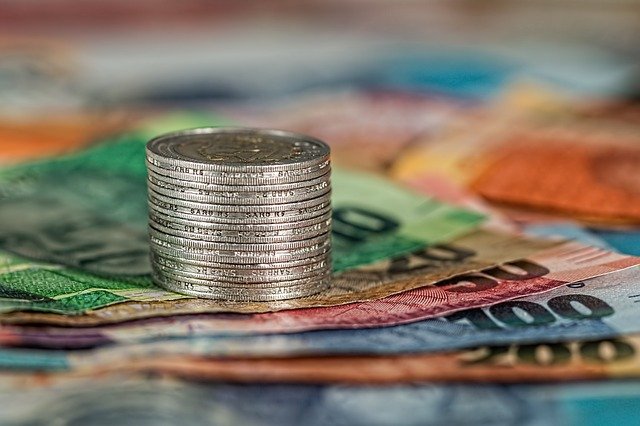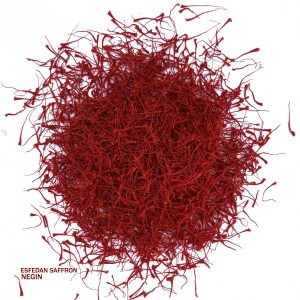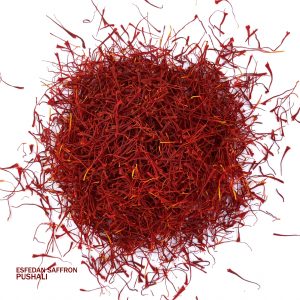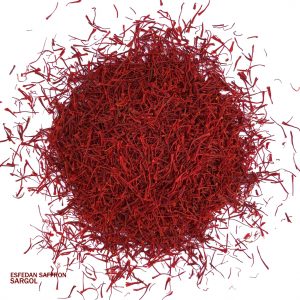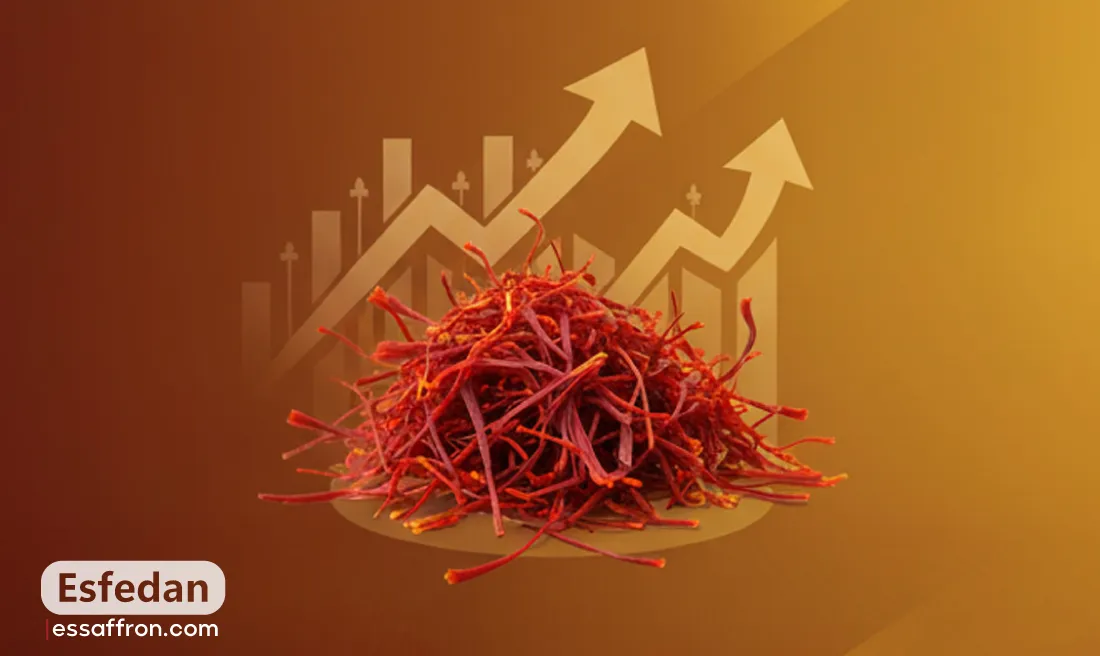Saffron is the most expensive spice in the world and is sometimes called red gold, as it is usually extremely expensive. In this article, we will examine, in a simple and factual way, the main reasons for its high market price. This information will allow you to understand, in more detail, what exactly makes saffron so expensive, which processes, stages and peculiarities of this culture are directly related to the difficulty of its cultivation and the cost of harvesting.
What is Saffron?
What is the history of saffron? The powerful heritage of saffron has led it to its existing value and also popularity. This reddish-yellow spice with a powerful fragrance was discovered in the Bronze Age of the Roman Empire. The world’s most expensive spice was cultivated in Roman province Asia Minor, Iran, and some Mediterranean areas. Saffron is a very precious spice, and though it is indigenous to Asia Minor, it was also cultivated in Spain during the Arab time and the Kashmir’s valleys as well.
The history of the most expensive spice in the world goes back to the time when its fragrance was used to make perfumes for the Romans. When the Royal Emperors entered the Roman Empire, saffron powder was sprinkled on the streets. The saffron fragrance and powder were used to prepare the Roman theatre, the courts, and the halls as a demonstration of luxury.

The Greek queen, Cleopatra, was known to bathe in saffron water before her suitors came to visit. The women’s coats and hair were colored with the help of this saffron dye through the Roman period. After some time, the Roman emperors stopped this ritual since they started fearing that they would run out of rare spices like saffron.
read more: What is Saffron?
What Makes Saffron So Expensive?
Also read: Is Growing Saffron Profitable
1. The Labor-Intensive Harvesting Process
The main cause of saffron’s exorbitant price tag is the process of harvesting saffron, which is incredibly labor intensive. In fact, the harvesting of saffron is a completely manual process that requires a significant amount of hard work and skill.
2. It’s All About the Stigmas
Each saffron crocus flower produces exactly three stigmas, which is the part of the plant that is used for spice. These delicate threads have to be hand-plucked from the freshly opened flowers in a careful manner, as any mishandling can destroy the stigma. As such, harvesters usually have to work during the brief blooming season in autumn before sunrise, by plucking thousands of individual flowers. The large amount of work required to obtain a commercial amount of saffron by hand makes saffron an expensive red spice from flowers.
3. The Drying Process
The isolated stigmas then must be dried. The correct drying of saffron is an important step in maintaining its unique chemical components (which give it its smell (safranal), taste (picrocrocin), and color (crocin)) that are responsible for the quality and shelf life of the saffron. This is done by using the conventional method, where traditional heat drying methods and controlled environmental conditions are used to slowly and safely dehydrate the spice. By doing so, spoilage is avoided and the optimal characteristics of the spice are retained, once again contributing to the necessary skilled labor and handling needed for the product, and therefore increasing its price.
4. Low Yield and Limited Production
Saffron’s naturally low yield is another factor that contributes to the spice’s high price; it’s in direct proportion to the spice’s scarcity and directly leads to saffron being an expensive commodity. A very small amount of spice is produced by each flower, so a very large amount of cultivation is required to produce a large enough quantity of saffron for commercial sale.
To yield one gram of dried saffron, 150 to 200 saffron crocus flowers are needed. To put that in perspective, to get one pound of saffron, 75,000 to 125,000 flowers are required. This means that the flower to spice ratio is incredibly low, and it takes an enormous amount of land and cultivation to get a relatively small amount of the dried spice. This natural scarcity (due to the plant’s properties and small production capacity worldwide) is what causes saffron to be the expensive spice that it is, and ultimately how expensive is saffron per pound and what does 1 pound of saffron cost.
5. Specific Growing and Climatic Conditions Required
Saffron crocuses are not particularly hardy everywhere; they have a very specific set of environmental needs, which limits the areas of the world where cultivation of the spice is possible. This ecological specificity is a major factor in that

Worldwide strong demand for saffron
Even with its high price, saffron has strong worldwide demand because it is in great demand all over the world. Saffron is in demand in the culinary field all over the world for its distinct earthy and floral yet slightly sweet and slightly bitter flavour and for its rich golden-yellow hue that it offers to the food and drink it is added to. Saffron has many other uses such as in traditional medicine such as Ayurveda for its possible antioxidant, anti-inflammatory and mood boosting properties and for its natural pigments in the cosmetics industry. With uses in many different fields, saffron will always have a high demand from different sources and this is also what inflates its price.
Where Does Saffron Come From?
Saffron is a plant that needs very particular conditions for growing: semi-arid climate, well-drained loamy soil, and different seasons, with a hot and dry summer and a cold winter. It is for this reason that saffron can be cultivated in a few regions only, with the largest producer being Iran, which provides over 90% of the world’s supply. Other countries growing saffron include Afghanistan, Spain, India (Kashmir), Greece, and Italy. The geographical concentration of saffron farming means the world’s supply of saffron is at risk of local weather patterns, pests, or geopolitical issues, making its market price high and contributing to the title of most expensive saffron in the world.
Can I Grow Saffron at Home?
Yes. Saffron crocuses are technically possible to grow in a home garden, as long as the conditions for the local climate and soil conditions are met. It is unlikely that a home garden will produce enough saffron flowers to make harvesting regularly useful as a spice. The yield from a single flower is very low, and it would take a very large home garden to produce just a few grams of saffron spice.
Quality Control, Authenticity, and Counterfeiting
The high value that this spice has on the market has made saffron an easy target for adulteration and counterfeiting. This is why it requires serious quality control and authenticity verification processes, which increase the costs of legitimate saffron production and the legal saffron market and make the overall high saffron price.
Reputable suppliers often adhere to international standards, such as ISO 3632, which grades saffron based on its coloring strength (crocin), flavor (picrocrocin), and aroma (safranal). Consumers should look for these certifications when purchasing to ensure authenticity and quality.
Fraudulent substitution or adulteration
Saffron is adulterated by adding extraneous matter to increase its weight or volume, or even just dye to make it look like saffron. Corn silk that has been dyed, turmeric powder, safflower, marigold petals, beet fibers, or even just artificial coloring and chemical residues are frequently used as adulterants in this way. Fraudulently sold saffron, in addition to being a simple swindle, lowers the market price for the product, which frustrates the investment of effort and expense of genuine producers and consumers. The need for testing, certification and traceability to protect against fraudulent trade requires significant overhead, which is another factor in the cost of genuine saffron.
Read about fake and genuine saffron.
Understanding Saffron Pricing: Is Saffron More Expensive Than Gold?
The prices of both commodities are set by the market and can be either higher or lower on any given day. But premium quality saffron will always have a gram price at least equal to, if not greater than, gold. It’s an exceptionally high value, made so by all the factors that come into play for growing saffron: the amount of manual labor required, the small harvest, specific climate and soil conditions needed to grow the crocus, and the high demand that has always been maintained globally. It’s an investment in saffron in its true sense because of how expensive it is to produce rather than speculators raising prices, making it the most expensive saffron.
The average price saffron for 1g (0.0022 lb.) of saffron in the United States is up to $7. To get one pound of pure saffron in the United States, you will need an average of $5,000. Iranian saffron is undoubtedly the most costly spice available in the United States and has historically been the most precious spice. Its price ranges from $3,000 to $10,000 per pound, depending on its uniqueness.

Does Saffron Go Bad?
Saffron doesn’t necessarily go bad in terms of safety for consumption, but its potency, flavor, and aroma can degrade significantly over time if not stored properly. It may lose its color and the distinct aroma that it’s known for. When stored correctly, saffron is typically at its best quality for two to three years, though it may still be safe to consume after this period with diminished effectiveness. For optimal culinary use, it is recommended to use saffron within this period.
Where to Buy Saffron
Buy saffron from trusted and transparent sources to ensure authenticity and quality. Look for reputable spice retailers, gourmet food shops, or importers who can provide information about the saffron’s origin, harvest date, and quality certifications like ISO 3632. Consider purchasing whole threads instead of pre-ground saffron, as the latter is easier to adulterate.
When it comes to purchasing high-quality Sargol saffron, Esfedan stands out as a trusted and reliable supplier. Whether you need saffron for personal use, retail, or wholesale distribution, Esfedan offers flexible buying options tailored to your needs. You can order small retail packages or place bulk orders with confidence, knowing that every batch undergoes strict quality control and lab testing to ensure purity and potency.
At Esfedan, we manage the entire supply chain—from cultivation to packaging—which helps us maintain competitive prices without compromising quality. Our transparent pricing and direct farm-to-customer approach eliminate unnecessary middlemen, so you get the best value for your money.
To place an order or inquire about pricing, simply fill out our order form or contact our customer support team directly. We provide personalized assistance to help you choose the right product and packaging, making your buying experience smooth and hassle-free.
Experience premium Sargol saffron with Esfedan—where quality meets trust.
Conclusion
Saffron’s price being among the highest in the world is due to its many factors such as the labor-intensive and manual harvesting process, low spice yield from the saffron crocus flower, very specific growing climate and soil conditions as well as high demand on a global scale across multiple sectors. Additionally, the necessary investment in quality control and anti-adulteration controls also goes into the fair-market price of authentic saffron.


